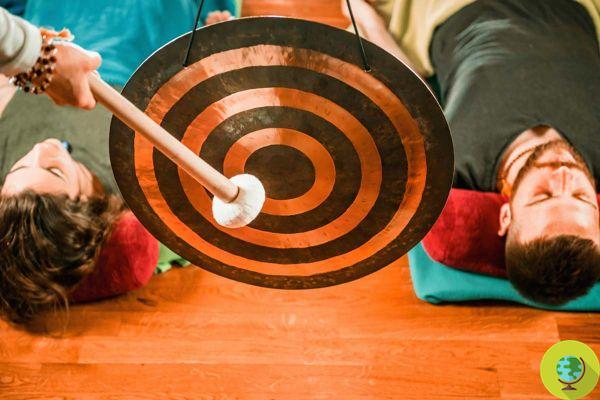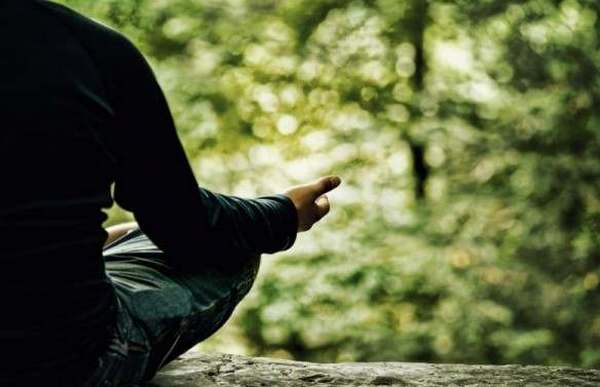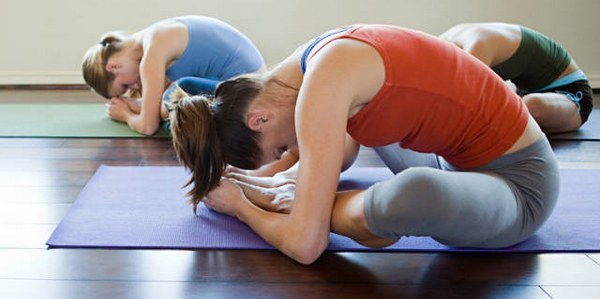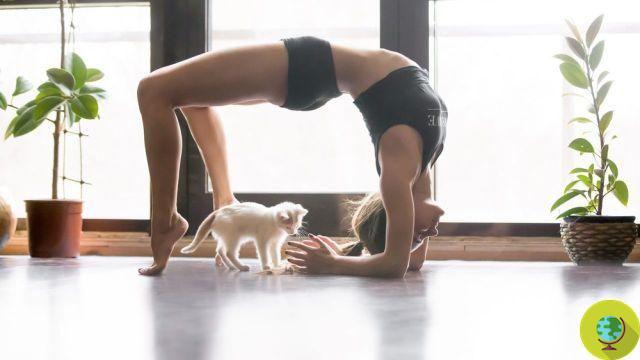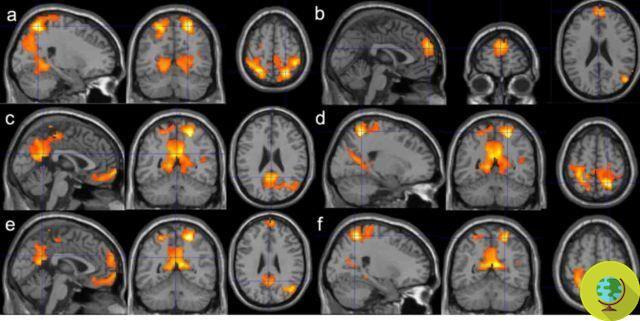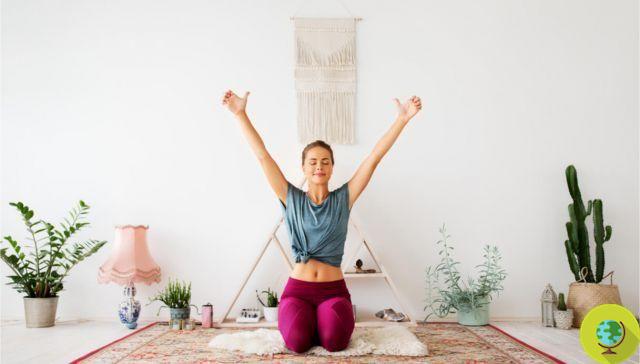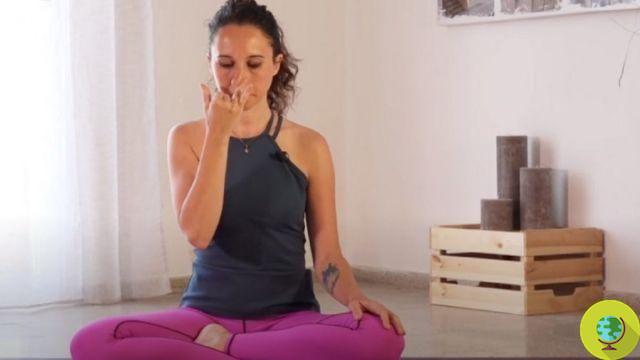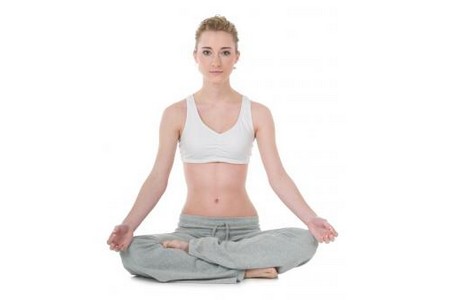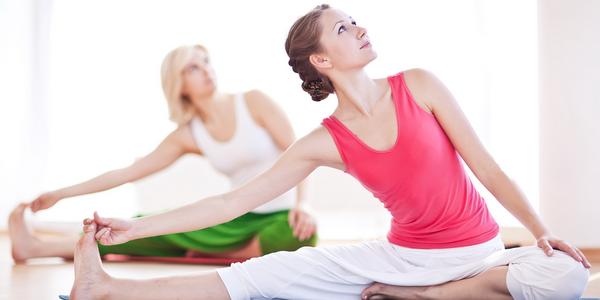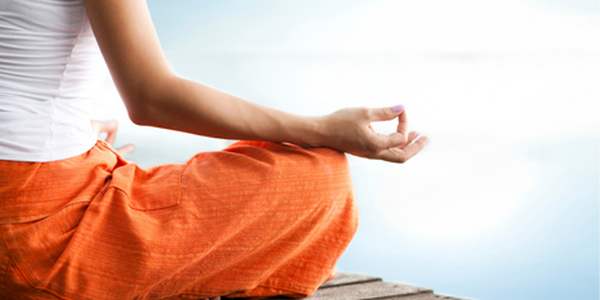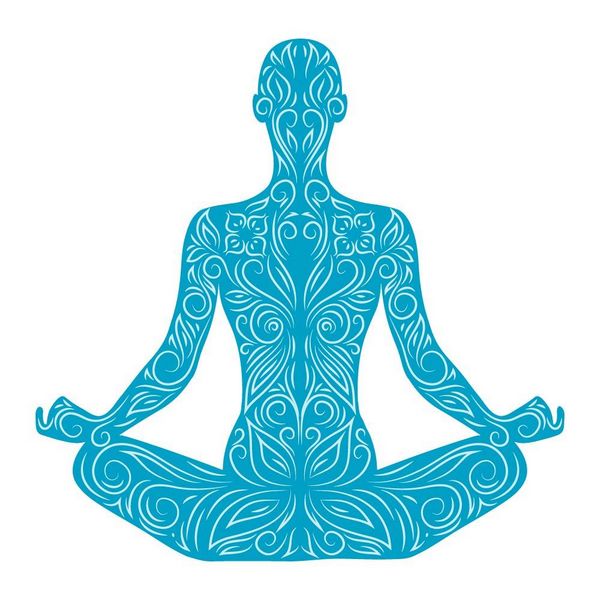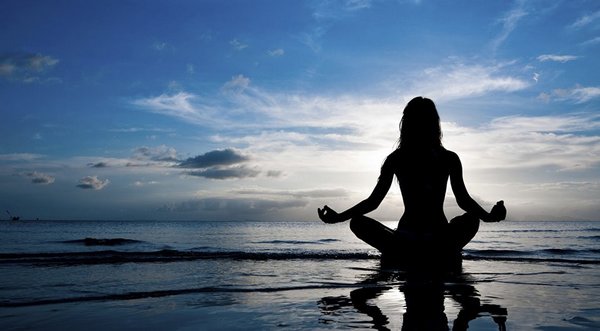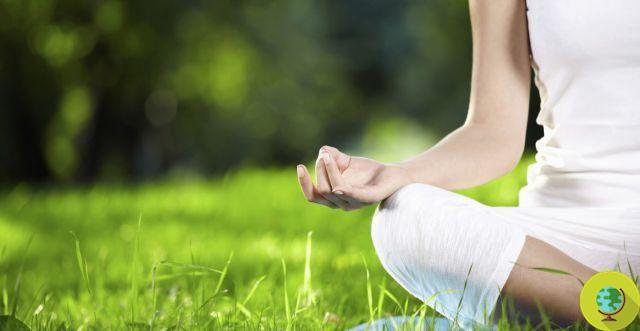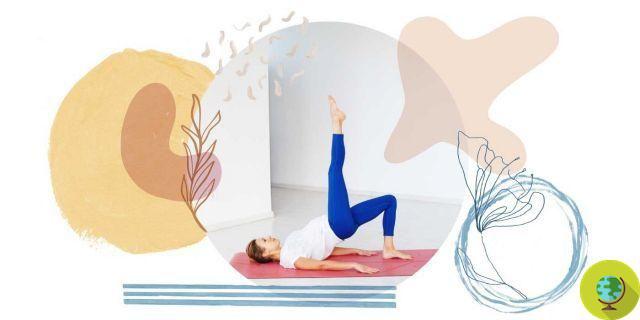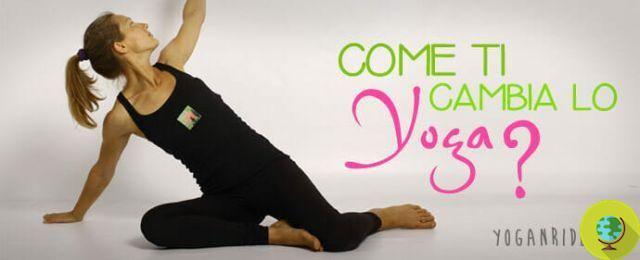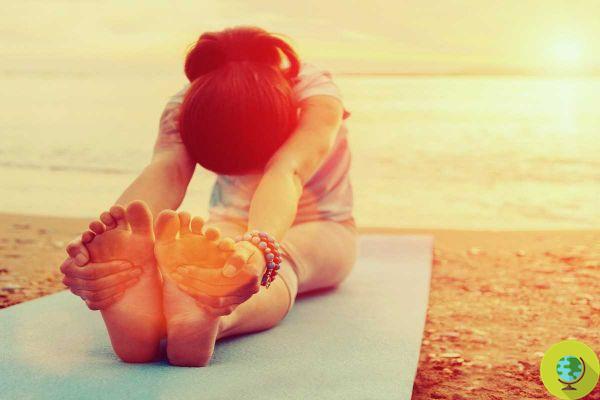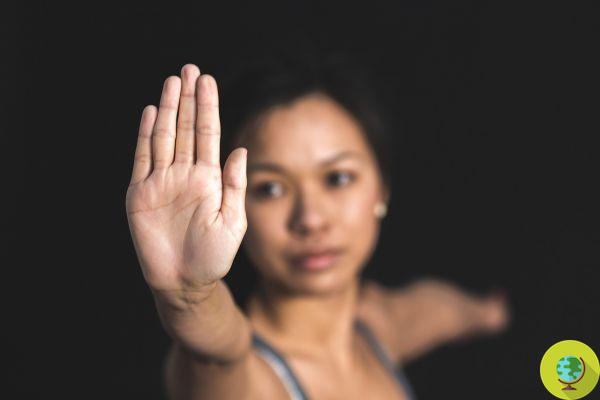Hatha Yoga is the most popular style of Yoga in the West. It is mainly based on the practice of asanas, i.e. positions of the body to be maintained in a comfortable and stable way. Let's learn about the origins, benefits and main positions of Hatha Yoga.
Lo Hatha Yoga is the style of Yoga more widespread in the West. It is mainly based on the practice of asanas, that is, of body positions to be maintained in a comfortable and stable way. Let's learn about the origins, i benefits and main positions of Hatha Yoga.
Are you choosing a Yoga style to follow? If you are at the beginning of your journey it Hatha Yoga is for you because it is very useful for introducing the body and mind to the practice of asanas and because it will help you to gradually approach yogic practices related to breathing, concentration and meditation.
Index
Hatha Yoga, the origins
Hatha Yoga originated in India and over time has made its way to the West. The origins of Hatha Yoga are lost over the centuries but there are two ancient texts that are considered the main references for this practice: the Yoga Sutras by Patanjali and lo Hatha Yoga Pradipika di Swatmarama.
The term Yoga in Sanskrit means Union. Hatha Yoga with its own practices promotes the union between body and mind. We can understand this union as harmony and balance between body and mind. Yoga in its purest meaning, however, has a much higher goal: the union between man's individual consciousness and universal consciousness.
The term Hatha means force, tenacity. Thanks to the practice of asana we can constantly train our body to take on positions which can have beneficial effects both from the physical point of view and at the level of the mind.
The West has interpreted Yoga above all as a physical practice centered on the body, but it is not really just a workout or gymnastics. Those who have started practicing asanas know this well, since this represents an aspect that you begin to perceive from the very first lessons.
READ also: YOGA: HERE'S HOW IT TRANSFORMS BODY AND MIND FROM THE FIRST LESSON ONWARDS
Hatha Yoga, the benefits
Remember that to really get the benefits of Hatha Yoga, constant practice is required. The ideal is to sign up for a Hatha Yoga course with lessons to be followed once or twice a week and in the meantime continue the personal practice at home.
The benefits of Hatha Yoga involve our psycho-physical health. The first benefits of Hatha Yoga concern the body and are quite evident. In fact, thanks to the practice of our asanas body becomes more flexible, the muscles and joints gradually lose the stiffness caused by a too sedentary life while the bones regenerate thanks to movement.
Constant practice of asanas makes the body more elastic and tones your muscles thanks to fluid exercises but never too tiring. From this point of view, the practice of Hatha Yoga teaches us right away to recognize our limits. Only when we accept and recognize our limitations - from a physical point of view and beyond - can we begin to work on ourselves to improve and, if we want, to surpass us.
Hatha Yoga teaches the not judgment. In practice there must be no competition with others. In reality, the competition is not even with oneself, since the best results are achieved with commitment but above all with the ability to abandon oneself to the flow of practice and to let oneself go without remaining too anchored to what one is or what one is. thinks he is.
Also Hatha Yoga improves posture, can be beneficial for relieving pain especially for those suffering from back pain, by practicing the most suitable asanas, and has a decisive calming and relaxing action.
The breathing exercises of Hatha Yoga help us to inhale and exhale more calmly. When the breath slows down, the mind calms down and it is precisely this one of the beneficial effects of Hatha Yoga that most amazes those who approach the practice. In fact, in everyday life it seems almost impossible to stop for a few minutes and breathe calmly for relax your body and mind.
Hatha Yoga, the main positions
In Hatha Yoga we find numerous positions, called asanas, which are achieved with precise movements of the body, combined with correct breathing, and which must then be maintained in a stable and comfortable way for a time that can vary depending on your level of practice.
Un Hatha Yoga teacher qualified can guide their students in the practice of positions and create well-balanced sequences in order to train the whole body in a balanced way and to alternate the movements and asanas with moments of pause, listening to one's body and relaxation.
Here are some of main positions of Hatha Yoga.
Hatha Yoga: the position of the cobra
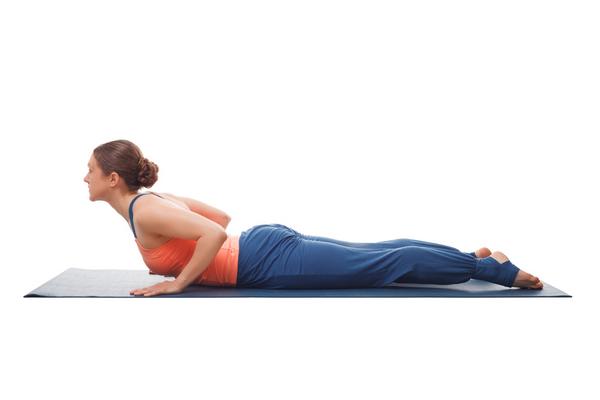
To perform the cobra pose (Bhujangasana) starts with prone. She lies down on the mat bringing her palms under her shoulders. The elbows are bent and should be kept close to the body. With an inhalation, the arms are slightly stretched to lift the chest off the ground. The navel area remains in contact with the mat. The advice is to contract the buttocks to protect the lower back area.
The position of the boat in Hatha Yoga
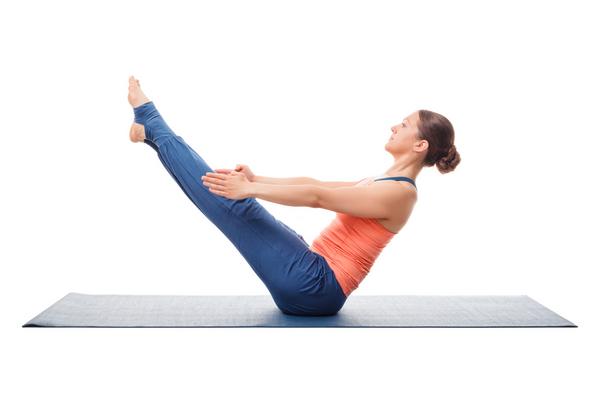
The position of the boat (Navasana) is a position of balance that involves the spine and abdominal muscles. It is in fact the strength of the abdominals together with our ability to balance to allow us to maintain the position. To practice the boat position sit on the mat, bring your knees to your chest bringing the soles of your feet to the ground, tilt your back and lift your legs to an angle of approximately 45 ° with the floor. Then raise your arms and bring them parallel to the floor and stretch them to the sides of your legs.
Hatha yoga, the tree position
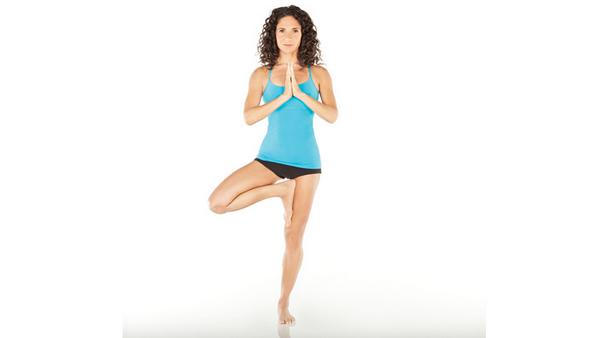
The position of the tree (Virksasana) is one of the best known asanas of Hatha Yoga. It is a position of balance. In the position of the tree, our legs symbolize the trunk while the arms are the branches. In this position we must first root ourselves to the ground and then raise our arms. You have to keep your balance on one leg and lift the other by bringing the soles of the foot to the level of the ankle or thigh. The palms of the hands come together and remain at chest height or bring the arms over the head.
The position of the dog upside down
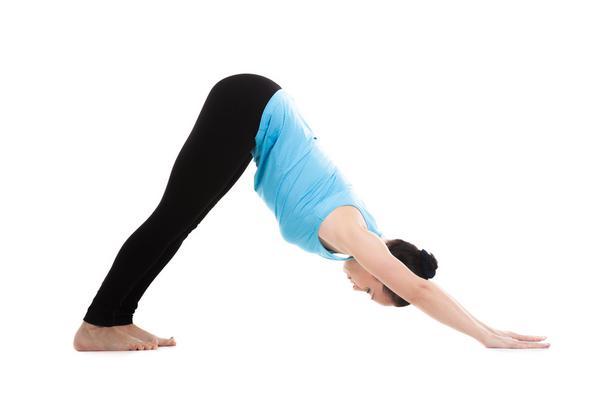
You may already know the upside-down position of the dog (Adho Mukha Svanasana) because together with the position of the cobra it is part of the well-known sequence of Salute to the Sun. To practice it, we carry our four-legged on the mat, with our feet slightly detached from each other and our arms outstretched. From here we rise and make sure to bring the heels to the ground and to stretch the back and arms to form an inverted V.
The position of the triangle in Hatha Yoga
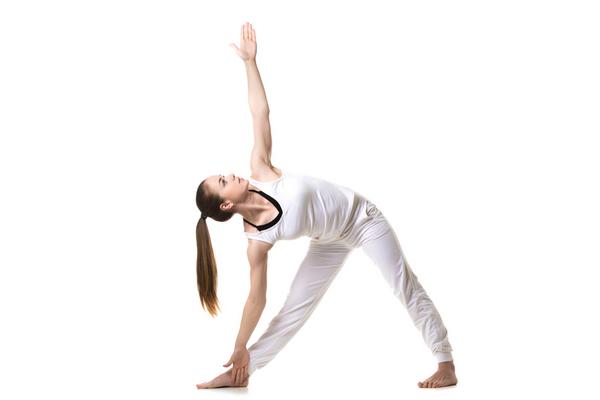
The position of the triangle (Utthita Trikonasana) is a side stretch position. To perform it, spread your legs while keeping your toes on the same line. Rotate the right foot out 90 degrees and the left foot slightly inwards. Check that the pelvis remains frontal. Then stretch your torso to the right without bending forward or backward and place your right hand where you arrive, for example on the right calf or ankle. In this position it is not so important to touch the ground with your hand but it is essential to maintain a correct alignment of the arms, legs, head and back. As a support point for the hands that do not reach the ground, you can use a Yoga brick.
Hatha Yoga, the real secret
To conclude, here's a little secret: true Yoga practice does not happen when we are on the mat to practice with the asanas but in all the actions we perform in daily life. The real challenge is therefore to be able to remain calm and at the same time have the strength necessary to continue fighting to add our goals while we are facing everyday life and our Yoga mat is simply waiting for us at home. rolled into a corner.
Read also:
10 REASONS TO PRACTICE YOGA (INCLUDING SEX)
YOGA IS FOR EVERYONE: 10 REASONS TO PRACTICE IT EVEN IF YOU ARE NOT THIN AND FLEXIBLE
PREGNANT YOGA: THE BENEFITS FOR MOTHER AND BABY




